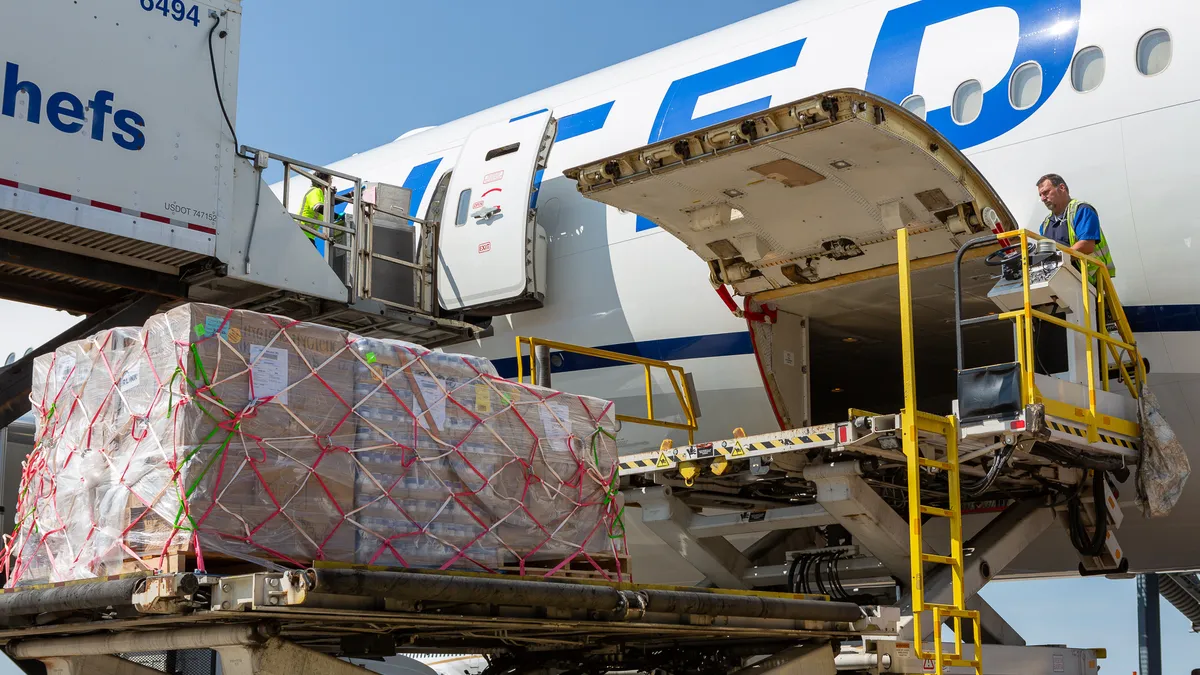Dive Brief:
- Facing rising material and labor costs, seven in ten electronics manufacturers expect to raise prices between 7% and 8% in 2022, according to an IPC survey of sector executives conducted in October.
- Two-thirds of respondents already raised prices this year by an average of 14.5%, but executives anticipate challenges with recruiting labor and receiving inventory from suppliers, along with elevated costs, will persist into next year.
- "So you have this dynamic where demand is up and order flow is strong, but costs are up and they haven't really raised prices sufficiently to offset the higher costs, so profit margins in some instances have been squeezed," said Shawn DuBravac, IPC chief economist, in an interview. "Companies can do that over a short time period, but that isn't sustainable over a long time period."
Electronics manufacturers face rising costs, inventory and labor troubles
Dive Insight:
Manufacturers are hiking prices to minimize the damage done to their bottom lines by various snags throughout the global supply chain. Lengthy lead times, high commodity costs, parts shortages and hiring difficulties continued to limit manufacturing growth in October, according to ISM's manufacturing report.
"We have become much more supply driven versus demand driven, due to shortages of labor, materials and freight," one survey respondent in the furniture and related products sector told ISM. "Costs continue to increase on all fronts, and we are considering our third price increase of the year for our customers."
Labor in particular has been a headwind for many companies' supply chains as they attempt to meet growing demand. Employers are trying to entice potential workers with higher wages and sign-on bonuses while investing further in automation to boost productivity.
For electronics manufacturing specifically, the need for components like semiconductors in goods ranging from vehicles to heated tobacco products is exacerbating supply chain challenges, DuBravac said. As demand has grown, longer lead times have followed, spurring more companies to order earlier.
"It triggers a bunch of orders from people who say, 'I need that in 11 weeks, so I wasn't really going to order it for three more weeks. But since you're now quoting 11-week lead times, I better order that now,'" DuBravac said.
Technology and manufacturing company Honeywell continues to battle supply chain constraints and component shortages, executives said on the company's Q3 earnings call. At the same time, it's handling a sizable order backlog. The company is repricing orders within its backlog to account for rising prices for commodities like steel, nickel, copper and aluminum, said Chairman and CEO Darius Adamczyk.
"I mean, these are fairly substantial increases," Adamczyk said of raw materials prices. "So what we've been doing in more or less all of our businesses, in particular long-cycle ones, is trying to go back and re-price some of our backlog."
Despite re-pricing its backlog, the company expects its growth in the first half of 2022 to be constrained due to uncertainty surrounding labor, supply and logistics, said Greg Lewis, senior vice president and CFO at Honeywell.
IPC survey respondents expressed similar sentiments. The majority said their material and labor costs will rise in the next six months, while only 23% expect inventory availability from suppliers will improve. DuBravac said many manufacturers looking to meet demand have turned to the broker market for needed parts, which comes with higher prices.
"It isn't just that companies are raising prices because they have strong demand and they think they can sell it for more, but it's really to offset costs in the supply chain," DuBravac said.
This story was first published in our Operations Weekly newsletter. Sign up here.















